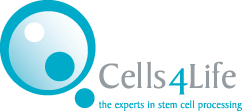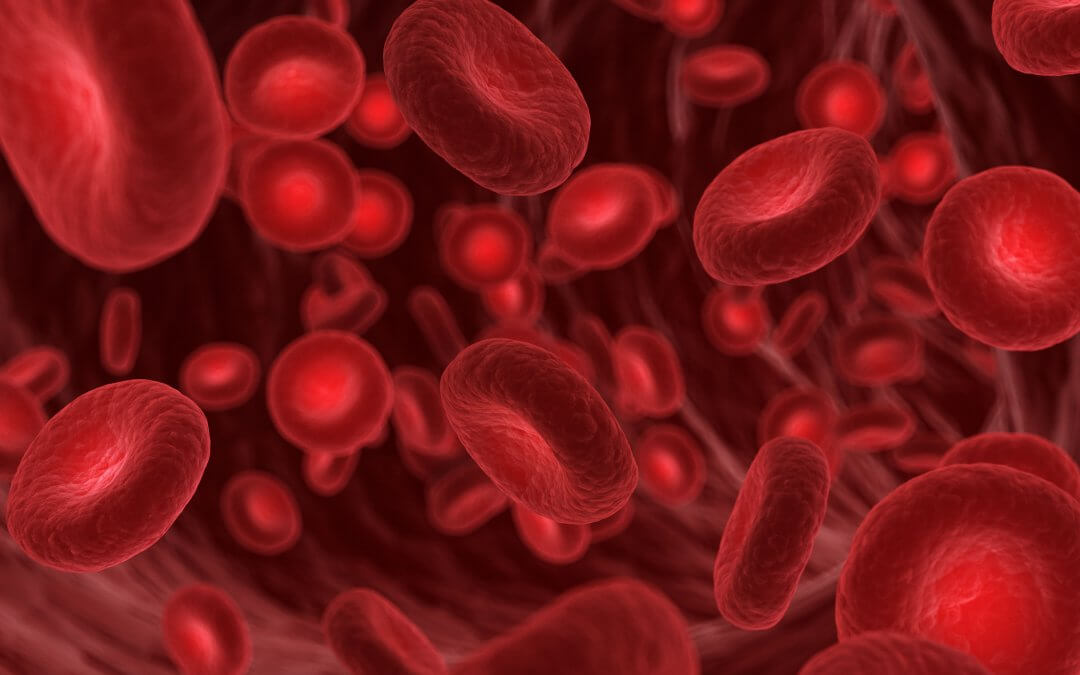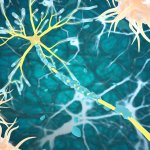Last week it was announced that a new gene editing stem cell therapy for beta thalassemia would start to be made available on the NHS.
The therapy, called Casgevy, is developed by Vertex Pharmaceuticals and CRISPR Therapeutics and received approval from the UK regulator in November of last year. You can read about that announcement here.
It’s estimated that there are approximately 460 patients aged 12 or older with transfusion dependent beta thalassemia in England who are currently eligible for the treatment.
According to the NHS, the therapy will be offered across seven specialist centres and manufactured in the UK. [1]
What is beta thalassemia?
Beta thalassemia is an inherited blood disorder which affects the production of haemoglobin, a protein in red blood cells used to carry oxygen around the body.
Those affected by beta thalassemia produce little to no haemoglobin and as a result require frequent blood transfusions to supply red blood cells that can carry oxygen to tissues in the body.
Symptoms of beta thalassemia are associated with anaemia and range from mild – fatigue, weakness, headaches – to severe: heart palpitations, abdominal swelling, and jaundice.
Beta thalassemia has a debilitating impact on sufferers’ quality of life and it can also dramatically reduce life expectancy. [2]
What is Casgevy and how does it work?
The new therapy utilises a combination of the patient’s own stem cells and gene editing technology to reprogramme cells so that they produce healthy red blood cells.
Once the stem cells are harvested from the patient’s bone marrow they are then sent to a lab to undergo modification using the gene-editing tool CRISPR.
CRISPR effectively works like a pair of highly-targeted scissors, seeking out a specific section of DNA and editing a specific gene within it. In this instance, CRISPR targets the gene BCL11A.
During foetal development the body produces a unique form of haemoglobin in order to extract oxygen from the mother’s bloodstream. Once we’re born, BCL11A is responsible for silencing the production of foetal haemoglobin so that beta, or adult, haemoglobin can begin to be produced.
By targeting the BCL11A gene, the CRISPR tool is able to reverse the silencing process and re-encourage the production of foetal haemoglobin which, crucially, is left unaffected by beta thalassemia.
Once the stem cells have been edited to turn off BCL11A, they are then returned to patients via infusion and take residence in the bone marrow. The new, edited stem cells then begin to produce healthy red blood cells. [3]
In clinical trials, the new therapy removed the need for blood transfusions for at least a year in 39 of the 42 beta thalassemia sufferers treated. [4]
What’s next for the new therapy?
While the cost to the NHS of the new therapy is hefty – an estimated £1.6 million per patient – the treatment is being heralded as a cure, with the added benefit of eradicating the need for frequent blood transfusions, thereby reducing strain on healthcare services and improving patients’ quality of life outcomes.
With the new therapy expected to be rolled out in the coming weeks, attention now turns to whether the Casgevy treatment for sickle cell anaemia – another blood disorder affecting haemoglobin – will also be offered on the NHS, after its approval in November last year. [5]
What does this mean if I want to store my baby’s stem cells?
If it’s likely your baby could have beta thalassemia, it’s probably worth considering banking their umbilical cord blood.
Umbilical cord blood is rich in haematopoietic stem cells which are already being used in over 80 approved treatments, including for blood disorders.
Giving your baby the gift of stem cell storage may mean that they’ll one day be able to use their cord blood stem cells for the Casgevy therapy instead of the more intrusively procured bone marrow stem cells.
While not currently an approved version of the procedure, using the stem cells from banked umbilical cord blood rather than bone marrow could make for a less invasive procedure overall for your child, should they ever need it.
To find out more about how banking your baby’s stem cells could give them access to future medical advancements, request your free Welcome Pack below.
References
FIND OUT MORE, REQUEST YOUR WELCOME PACK TODAY
All you need to know to make an informed decision.
Provide your contact details to request:
– Complete Welcome Pack and Parent’s Guide
– Information via email
– Contact from our specialist advisors









